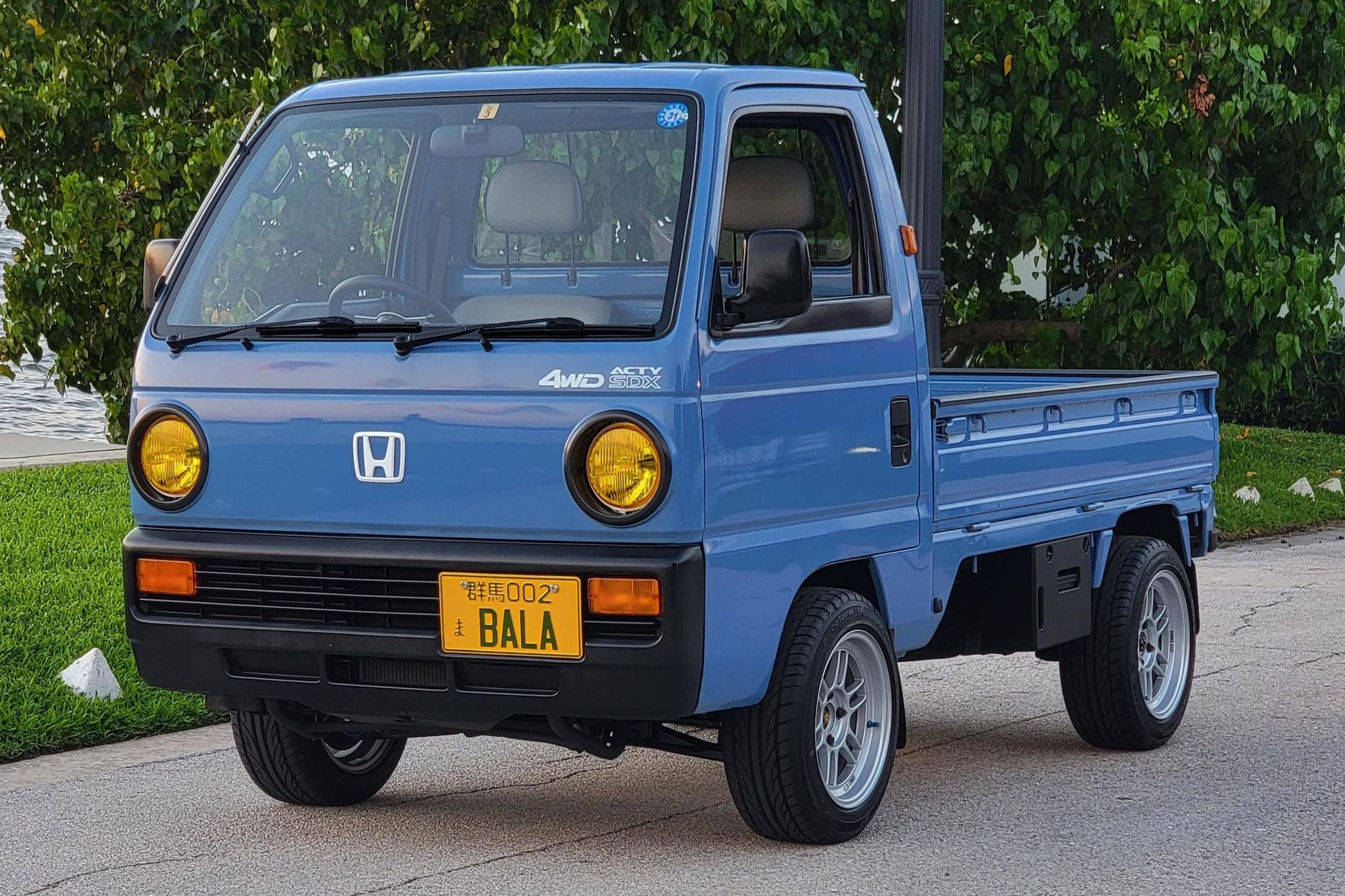Within the domain of miniature vehicles, very few can compare to the unique charm and utility of Japanese kei trucks. Such small, versatile workhorses have grown to be a favored choice for many among Japan, because of their effectiveness and remarkable practical use. Born from a specific automotive classification, kei trucks are engineered to enhance function while minimizing size, making them well-suited for urban environments and rural landscapes in equal measure.
Kei trucks offer a host of advantages that make them set themselves apart in the automotive market. With their nimble dimensions, they easily navigate tight streets and congested areas, while their sturdy engineering provides surprising strength and load capacity. Whether used for transporting goods, crop production, or even hobby activities, kei trucks stand as dependable companions for a variety of tasks. Their affordability, fuel efficiency, and low maintenance costs further amplify their attractiveness, making them an smart choice for both.
History of Kei Trucks
.jpg)
Kei trucks originated in Japan in the post-World War II era as a response to the need for cost-effective and efficient vehicles. The term "kei" translates to "compact" in English, reflecting the purpose of these compact vehicles. The Japanese government introduced regulations in 1949 that defined the dimensions and engine capacity for kei cars and trucks, allowing them to benefit from lower taxes and coverage costs. This initiative aimed to encourage economic recovery and provide transportation options for the population.
As the domestic market developed, kei trucks quickly became popular among entrepreneurs and farmers who required reliable transportation for products and services. Their light construction, small size, and economical engines made them ideal for navigating Japan's tight urban spaces and bustling urban environments. The versatility of kei trucks helped them carve out a specialized segment in the automotive landscape, becoming a cornerstone in various industries, from agriculture to construction.
Over the decades, kei trucks evolved with advancements in technology and design. Manufacturers like Suzuki Motor Corporation, Daihatsu Motor Co., and Mitsubishi began producing a range of models with improved performance and features. The kei truck segment became known for its utility, allowing consumers to enjoy both utility and value. Today, kei trucks remain an iconic symbol of Japanese automotive culture, continuing to serve their purpose in both urban and rural settings while adapting to modern demands.
Features and Specifications
Kei vans are engineered with a focus on efficiency and slimness, making them highly versatile for various applications. Normally measuring no more than 3.4 meters in dimension and 1.48 meters in width, these trucks provide an optimal balance of size and functionality. They are powered by miniature engines, usually limited to 660cc, which allows for superb fuel efficiency while still delivering adequate power for city and country driving.
The cabin of kei vehicles are often surprisingly roomy, considering their limited dimensions. Many models include practical seating arrangements and adjustable configurations to accommodate different types of cargo. Additional features such as air conditioning, power steering, and modern entertainment systems can also be included in latest versions, enhancing the driving experience while maintaining pleasantness for passengers.
Protection and handling are prioritized in the design of kei trucks, with many models equipped with advanced stopping mechanisms and improved suspension setups. Even with their compact size, kei trucks showcase impressive load capacities, typically ranging from 350 to 750 kilograms, making them suitable for moderate commercial activities. This mix of compactness, efficiency, and usability positions kei trucks as a favored choice for enterprises and individuals alike.
Pros and Disadvantages of Kei Trucks
Kei trucks offer countless benefits, notably in urban locations where space is limited. Their small size allows them extremely maneuverable, allowing drivers to navigate through congested streets and tight parking spaces with comfort. Additionally, their lightweight design contributes to better fuel efficiency, rendering them a cost-effective selection for people and businesses alike. Owners can cut on fuel expenses while reaping the features of a vehicle that can handle various jobs.
However, kei trucks do have some shortcomings that potential buyers should think about. The smaller size translates to reduced cargo ability compared to larger trucks, which can be a drawback for those needing to haul larger loads. Furthermore, while they are designed for effectiveness, their engines may lack the strength required for high-speed driving, making them less suitable for long-distance travel or tough applications.
Regardless of these disadvantages, kei trucks continue to be popular due to their affordability and usability. They are often more convenient to insure and maintain, appealing to those with monetary constraints. In conclusion, kei truck s strike a balance between functionality and ease of use, making them a great option for numerous drivers in Japan and elsewhere.
